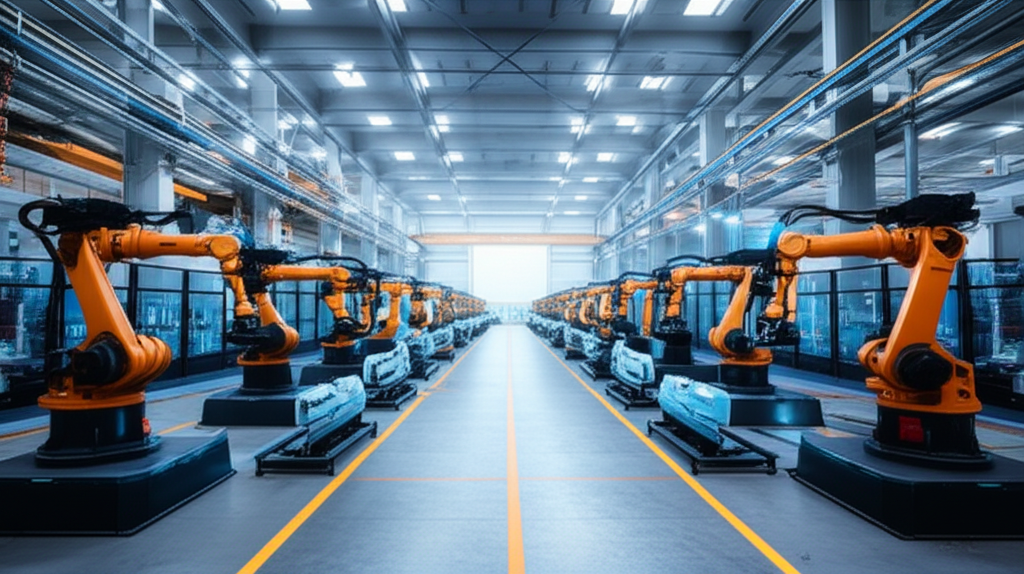The Industrial Base as a Weapon: Leveraging Automated Manufacturing for Surge Capacity
by Bo Layer, CTO | October 22, 2024

The defense industrial base must transform from a slow support function into a fast, automated, and AI-driven weapon of production to ensure decisive advantage and sustain protracted conflicts in the 21st century.
For most of modern history, the defense industrial base has been seen as a support function, a slow-moving beast that churns out ships, planes, and tanks over a period of years. That model is obsolete. In the 21st century, the industrial base is not just a support function; it is a weapon. And the side that can build the most, the fastest, will have a decisive advantage. The war in Ukraine has been a brutal reminder of this fact. Victory in a protracted conflict is not just about tactical brilliance; it's about having the industrial capacity to sustain the fight.
This is where automated manufacturing and robotics come in. We need to be able to create a 'surge capacity' for critical munitions and unmanned systems, and the only way to do that is with automation. Imagine a factory that can operate 24/7, with robots and AI doing the work that is currently done by humans. A factory that can be reconfigured in a matter of hours to produce a different type of drone or munition. A factory that can be deployed in a modular fashion, so we can scale up production as needed.
This is not a pipe dream; it's a necessity. We need to be able to produce drones at the speed of software, not at the speed of a traditional assembly line. We need to be able to build a resilient, domestic supply chain that is not vulnerable to disruption by our adversaries. And we need to use AI to ensure that every single item that comes off the line is of the highest possible quality.
This is a whole-of-nation effort. It will require investment from the government, innovation from the private sector, and a new way of thinking from the military. But it is a challenge that we must meet.
At ROE Defense, we are doing our part. We are developing the automated manufacturing systems, the robotic assembly lines, and the AI-driven quality control platforms that will be the backbone of the industrial base of the future. We are working with our partners to build a more resilient and responsive supply chain. We are turning the industrial base into a weapon, and it's a weapon that will ensure that America is ready for the conflicts of the 21st century.